Post by Dave on Apr 28, 2010 20:23:45 GMT
28th April 2010
I had to put on hold the day out I had planned for Monday as Carol really was not at her best and we decided to move it to today (Wednesday) but it was touch and go this morning if we were going to go as Carol really was worrying me again and I must admit I have never seen her like this and its heart breaking to know she is suffering so much and I feel hopeless as there is very little I can do to help her.
The plan was to leave at 9am but I was not convinced she would last the day I had planned and so we talked and in true Carol style all she was really upset about was that she was ruining my holiday by being so unwell, I soon put her straight on that one and she assured me she would be alright and we should just get on and make sure we had a fantastic day.
Where I wanted to take Carol was a surprise and I had planned to go there in the morning and have a picnic beside the Nunney castle moat ( three mile away from Frome)and then later in the afternoon drive back to just outside Yeovil and see anther National Trust property, Montacute House.
As we left much later than planned I decided it would be best to go and see Montacute House first as we might not get back there in time in the afternoon if we went to Nunney first. What an amazing village Montacute is and I’ll put some pictures up later, so hard to believe I drive out of Yeovil two times a week and did not know about this wonderful village that is just over the hedge of the road into Yeovil off the A303.
We stayed in Montacute longer than planned but it did not matter but feeling a bit hungry we had our picnic there and then set off to go and find Nunney. This is a place that is tourist free and thanks to good old Google street view, last night I took a tour of the village, decided where it was best to park and got to know the roads best to walk on to see all that was worth seeing. The castle is free to view and walk around inside, there was nobody there except Carol and I today.
One thing I have decided is I really must read and learn more about Cromwell and just why the Parliamentarian forces destroyed this castle and so many others, to me it seems such a bad time in history when really wonderful buildings and castles were destroyed and the shame of it from my point of view is I don’t really know why.
It feels strange to have Carol lagging along behind me, normally its me having to tell her to slow down and wait for me, she has also been very light headed all day and at times it seemed like she was somewhere else. She is asleep now just lying on top of the bed as I sit here and write this.
I’m so proud of her that she has got through the day and despite everything say's she has had a wonderful day, it has been good and it’s another day we shared together and one that was just ours and another memory created that I will always treasure.
A bit about Castle Nunney
The remains of Castle Nunney stands on a rise within its stream-fed moat in the village centre. Sir John de la Mere built the castle in the 1370s when he gained royal favor during the reign of Edward III. After returning from France during the Hundred Years War he built his castle in the French style of architecture.
There are those who believe that the castle may have been based on the Bastille in Paris. The beautiful ashlar masonry with windows that have cusped tops and mullions of early Perpendicular style all add to the picturesque beauty of this small castle.
In the late 16th century the castle was modernised, unfortunately the interior was ruined during the Civil Wars (1642-51). The castle was besieged by Cromwell's men who used cannons to blast a huge hole in the north wall.
The attack by the Parliamentarian forces virtually destroyed the interior of the small castle; however, the damaged north wall remained standing until Christmas Day 1910 when it collapsed into the moat.
The wide, deep moat, which was cleared of debris, together with the walls and towers are still intact and lend a measure of charm to the houses of the village which surround the castle.
Just opposite Castle Nunney on a rise overlooking it, is the Church of All Saints; a Grade I listed building dating from the 12th century. The church is Early English with nave and chancel, a porch and tower and has an old oak screen.
Of particular interest are the tombs of John de la Mere who died in 1383, and his successors. An effigy of a knight on the sill of a window is ascribed to be Sir John de la Mare; whether this is true or not, the tombs of the Lords of the Manor are noteworthy; one wears full armour, his surcoat emblazoned with the De la Mare lions and round his neck the Lancastrian collar of SS;
while the arms of the Prater family bear wolves heads and are probably those effigies in Elizabethan costume. The church combined with the ruins of the castle offer an incisive sense of history when seen in such close proximity.

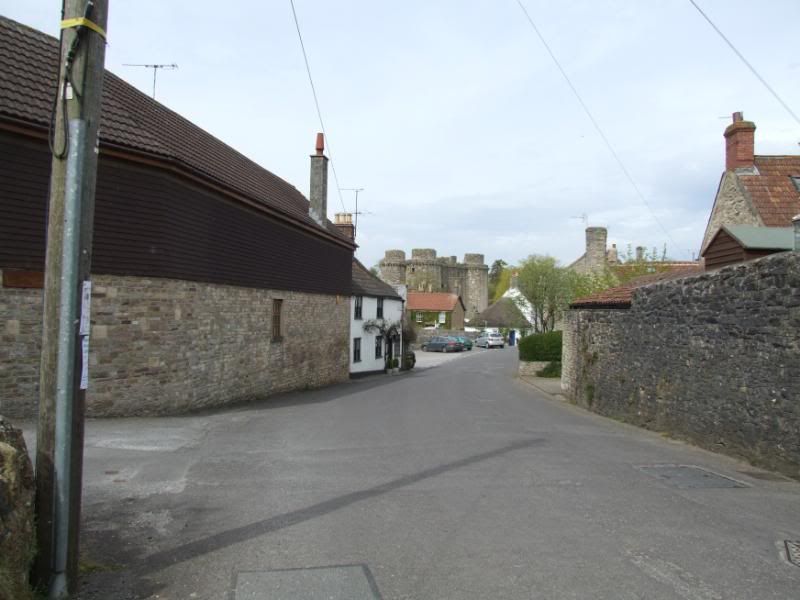

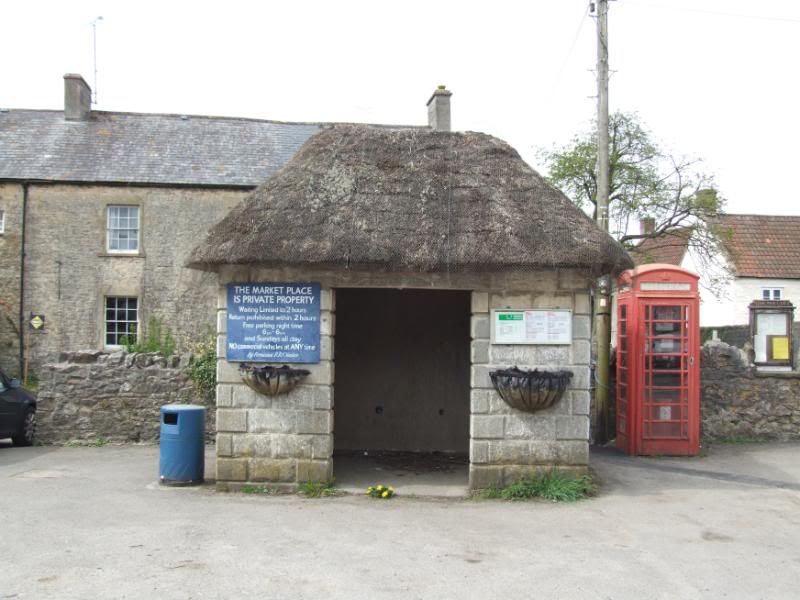



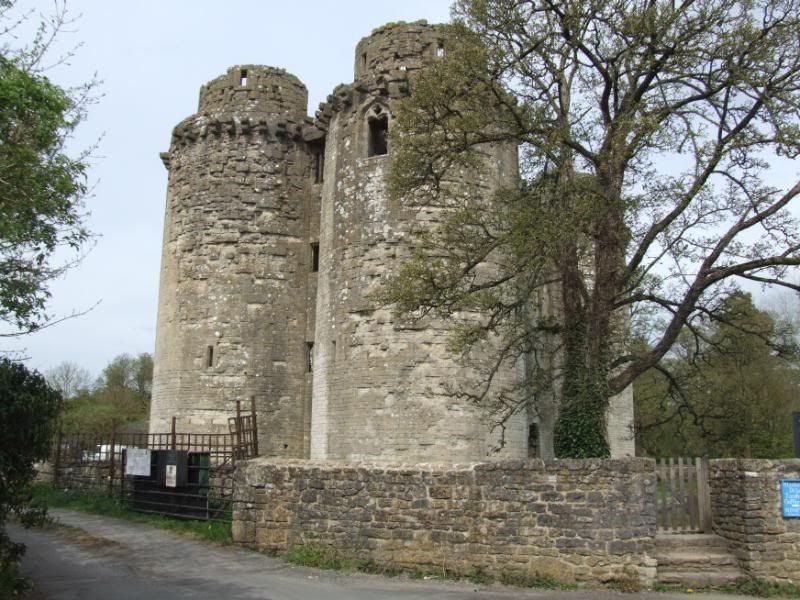
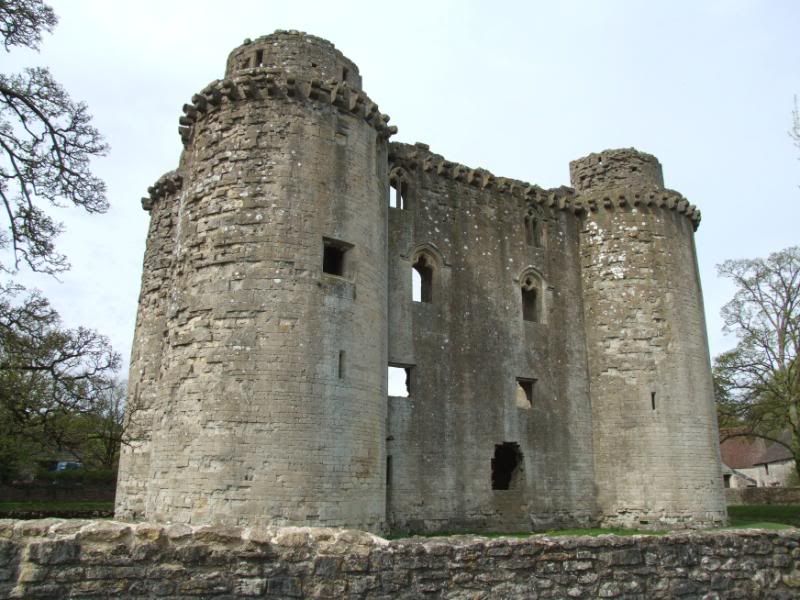
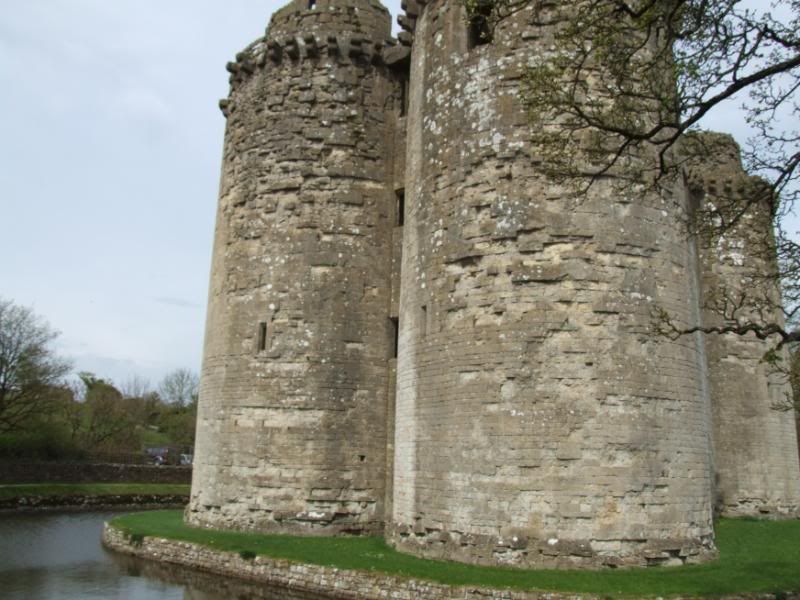
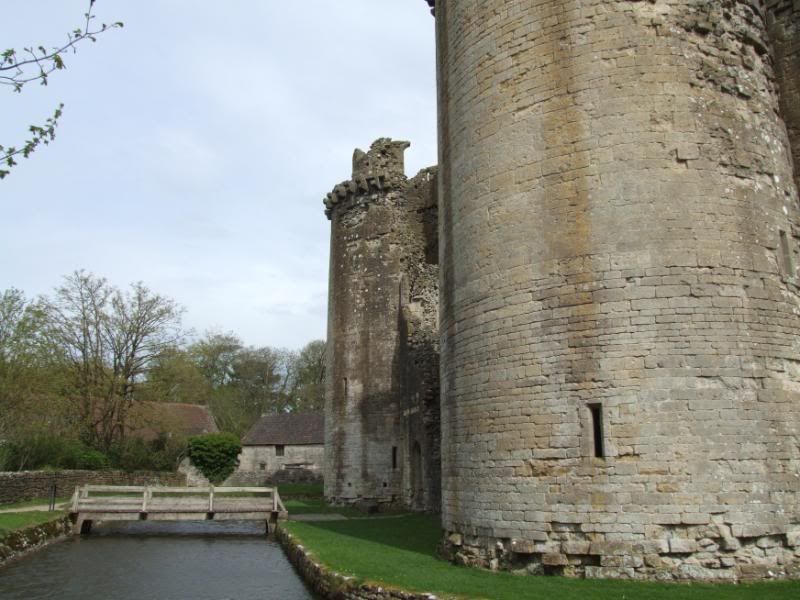
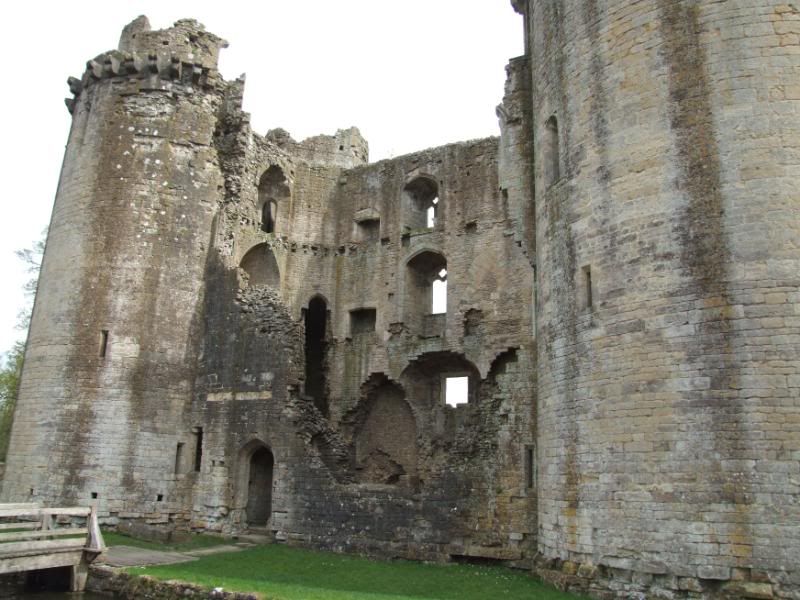

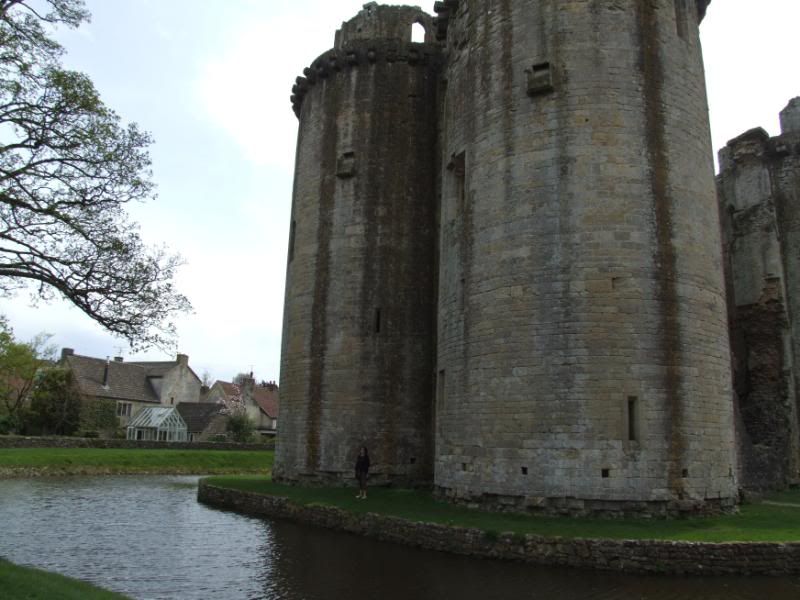
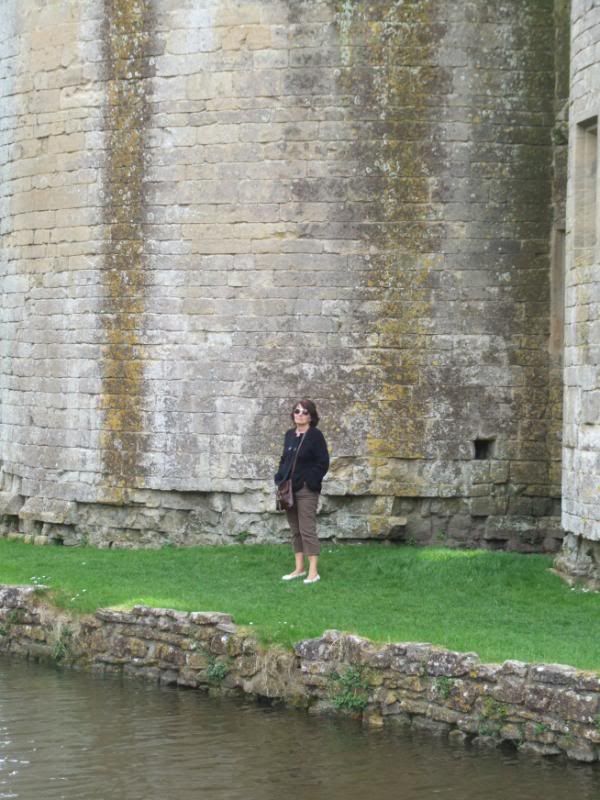
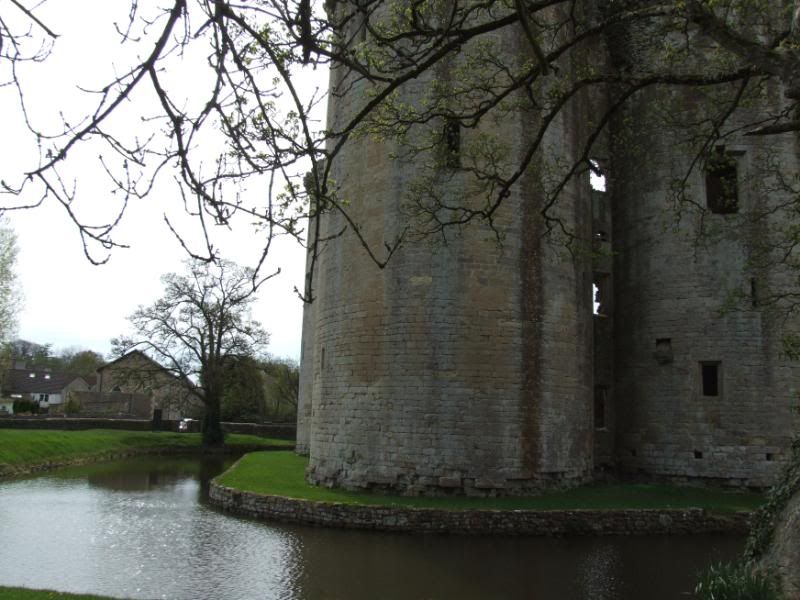
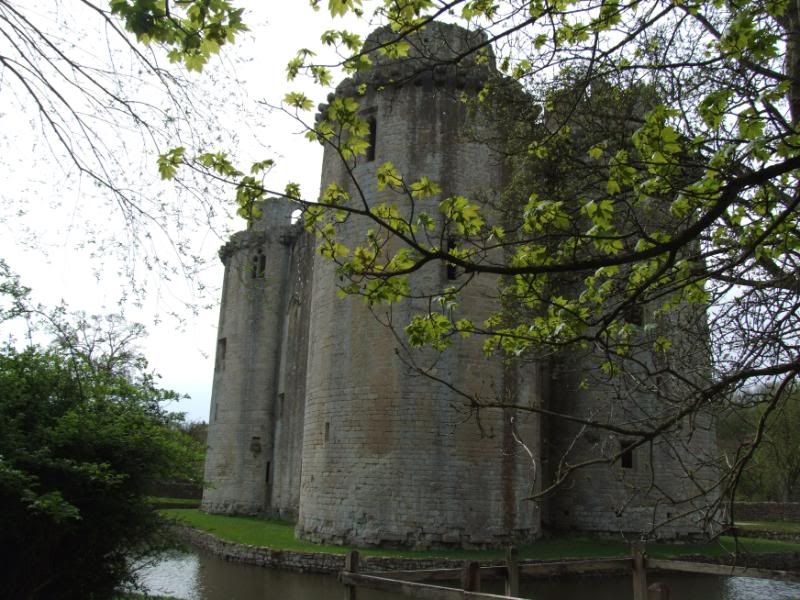
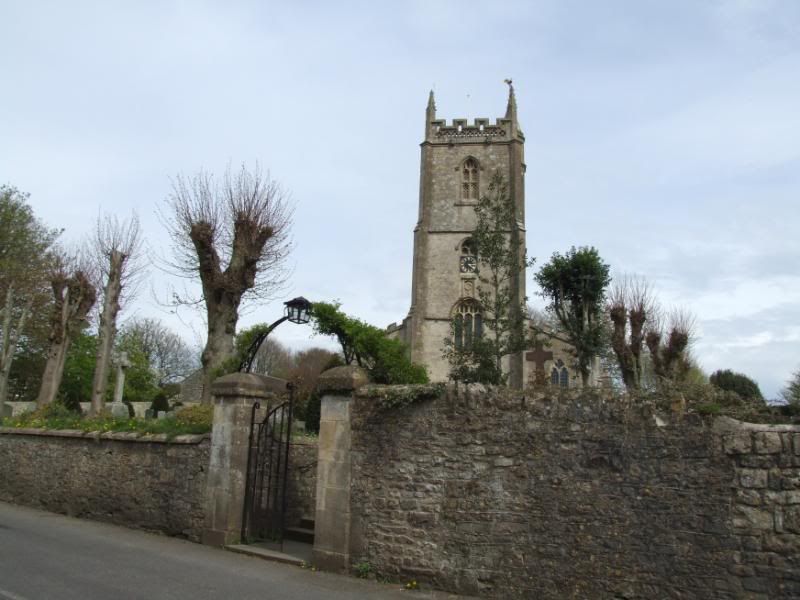

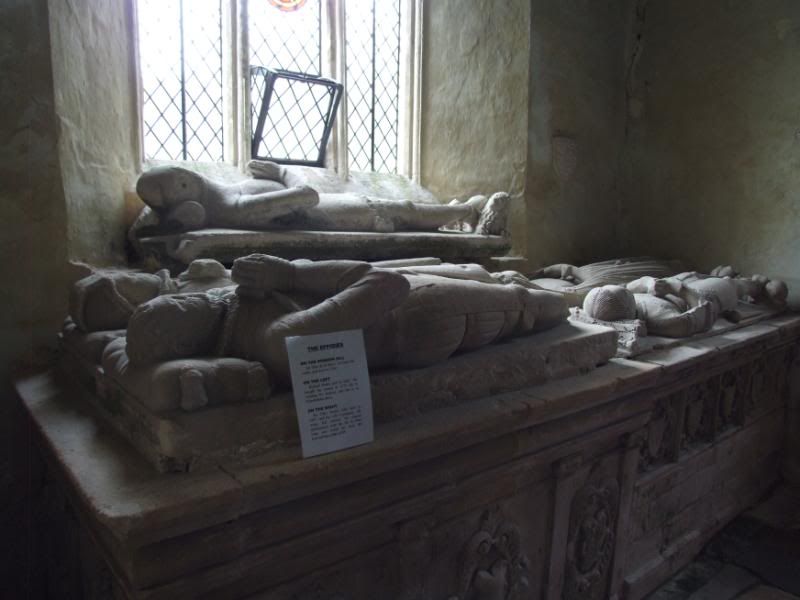

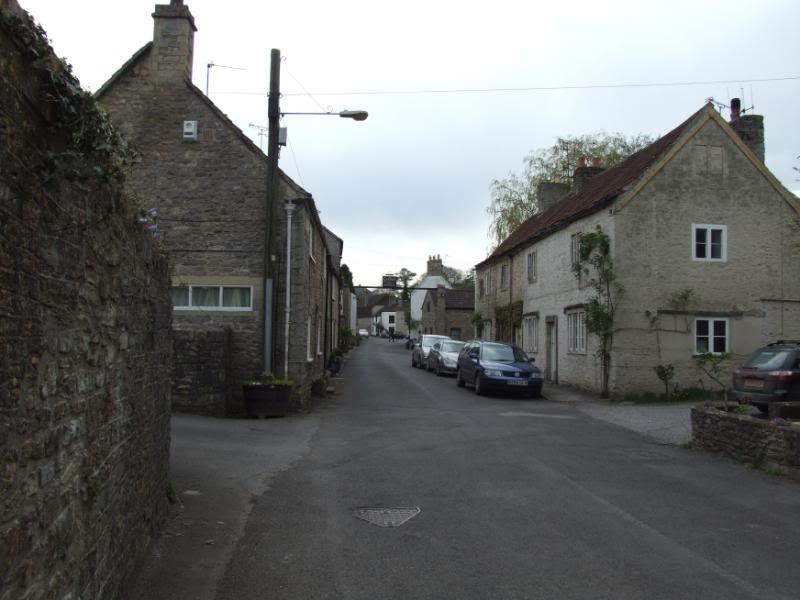
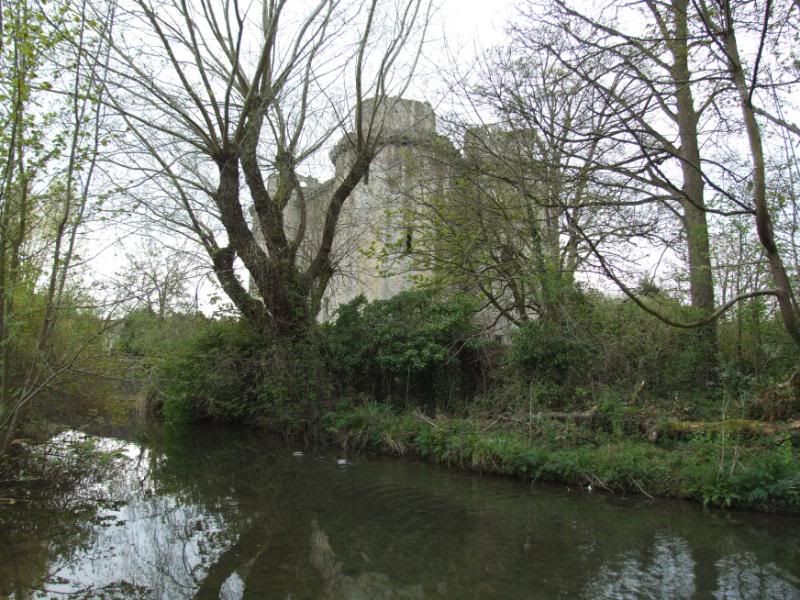
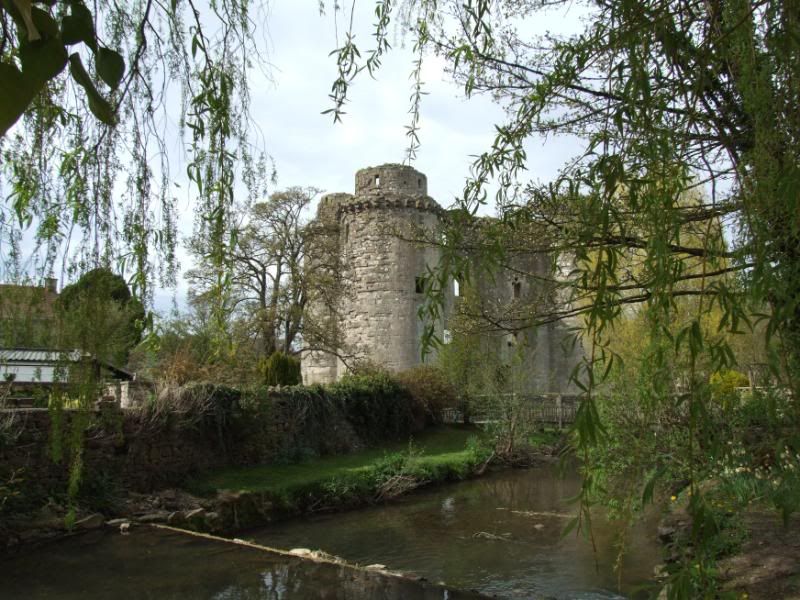

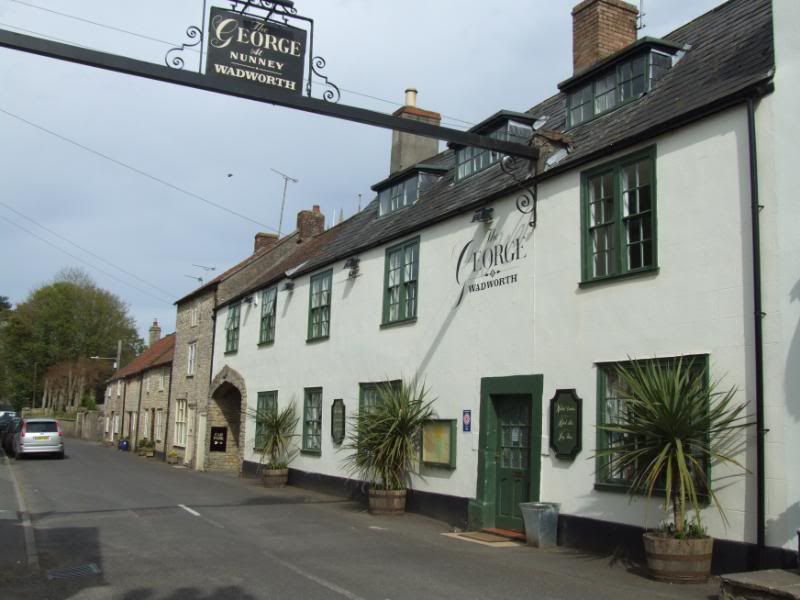

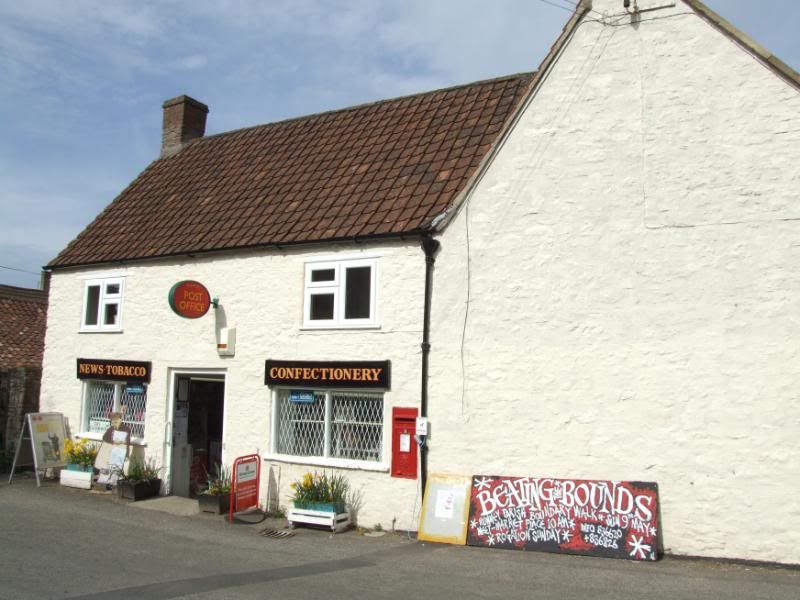
I had to put on hold the day out I had planned for Monday as Carol really was not at her best and we decided to move it to today (Wednesday) but it was touch and go this morning if we were going to go as Carol really was worrying me again and I must admit I have never seen her like this and its heart breaking to know she is suffering so much and I feel hopeless as there is very little I can do to help her.
The plan was to leave at 9am but I was not convinced she would last the day I had planned and so we talked and in true Carol style all she was really upset about was that she was ruining my holiday by being so unwell, I soon put her straight on that one and she assured me she would be alright and we should just get on and make sure we had a fantastic day.
Where I wanted to take Carol was a surprise and I had planned to go there in the morning and have a picnic beside the Nunney castle moat ( three mile away from Frome)and then later in the afternoon drive back to just outside Yeovil and see anther National Trust property, Montacute House.
As we left much later than planned I decided it would be best to go and see Montacute House first as we might not get back there in time in the afternoon if we went to Nunney first. What an amazing village Montacute is and I’ll put some pictures up later, so hard to believe I drive out of Yeovil two times a week and did not know about this wonderful village that is just over the hedge of the road into Yeovil off the A303.
We stayed in Montacute longer than planned but it did not matter but feeling a bit hungry we had our picnic there and then set off to go and find Nunney. This is a place that is tourist free and thanks to good old Google street view, last night I took a tour of the village, decided where it was best to park and got to know the roads best to walk on to see all that was worth seeing. The castle is free to view and walk around inside, there was nobody there except Carol and I today.
One thing I have decided is I really must read and learn more about Cromwell and just why the Parliamentarian forces destroyed this castle and so many others, to me it seems such a bad time in history when really wonderful buildings and castles were destroyed and the shame of it from my point of view is I don’t really know why.
It feels strange to have Carol lagging along behind me, normally its me having to tell her to slow down and wait for me, she has also been very light headed all day and at times it seemed like she was somewhere else. She is asleep now just lying on top of the bed as I sit here and write this.
I’m so proud of her that she has got through the day and despite everything say's she has had a wonderful day, it has been good and it’s another day we shared together and one that was just ours and another memory created that I will always treasure.
A bit about Castle Nunney
The remains of Castle Nunney stands on a rise within its stream-fed moat in the village centre. Sir John de la Mere built the castle in the 1370s when he gained royal favor during the reign of Edward III. After returning from France during the Hundred Years War he built his castle in the French style of architecture.
There are those who believe that the castle may have been based on the Bastille in Paris. The beautiful ashlar masonry with windows that have cusped tops and mullions of early Perpendicular style all add to the picturesque beauty of this small castle.
In the late 16th century the castle was modernised, unfortunately the interior was ruined during the Civil Wars (1642-51). The castle was besieged by Cromwell's men who used cannons to blast a huge hole in the north wall.
The attack by the Parliamentarian forces virtually destroyed the interior of the small castle; however, the damaged north wall remained standing until Christmas Day 1910 when it collapsed into the moat.
The wide, deep moat, which was cleared of debris, together with the walls and towers are still intact and lend a measure of charm to the houses of the village which surround the castle.
Just opposite Castle Nunney on a rise overlooking it, is the Church of All Saints; a Grade I listed building dating from the 12th century. The church is Early English with nave and chancel, a porch and tower and has an old oak screen.
Of particular interest are the tombs of John de la Mere who died in 1383, and his successors. An effigy of a knight on the sill of a window is ascribed to be Sir John de la Mare; whether this is true or not, the tombs of the Lords of the Manor are noteworthy; one wears full armour, his surcoat emblazoned with the De la Mare lions and round his neck the Lancastrian collar of SS;
while the arms of the Prater family bear wolves heads and are probably those effigies in Elizabethan costume. The church combined with the ruins of the castle offer an incisive sense of history when seen in such close proximity.





























 The reason is Dave, these buildings were military establishments just like those ugly gun emplacements you featured last night on the South Devon coast, albeit built in a different age. So of course they had to be destroyed in order to win the battles that raged around them. They were built to attain and retain power and if they fell they conceded power.
The reason is Dave, these buildings were military establishments just like those ugly gun emplacements you featured last night on the South Devon coast, albeit built in a different age. So of course they had to be destroyed in order to win the battles that raged around them. They were built to attain and retain power and if they fell they conceded power. He should be proud of 'em, I certainly would be!
He should be proud of 'em, I certainly would be!


